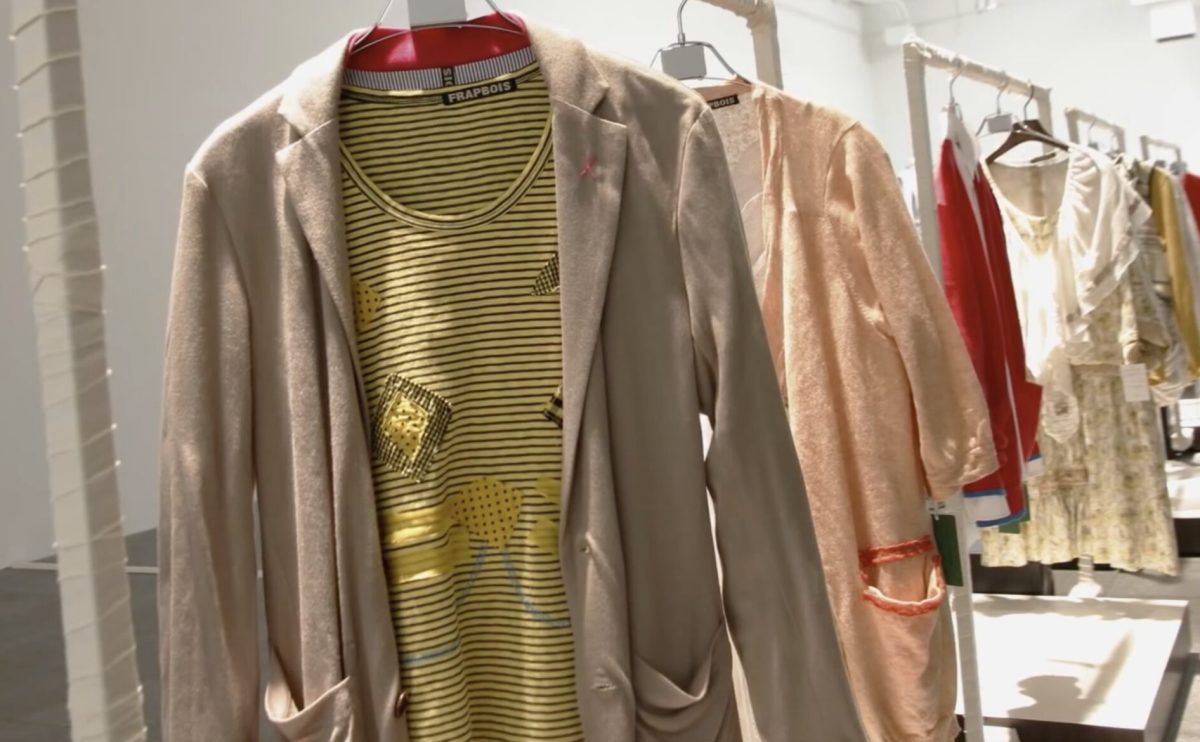Creating interior design for many retail industries such as hospitality, finance, fashion and homewares there are still many consistent trends that are appearing. It is now more and more important for the customer to have a fully-integrated brand retail experience as part of their purchasing process.
It doesn’t matter if they are in a restaurant, browsing for items for their home or even doing their banking the consumer expectation is that they will look at more than the product or service they are about to buy – they are demanding an experience with the brand as they purchase.
Using theming, look and feel from the brand right throughout the interior design can not only give brand presence but can leave a lasting impression for the brand – building valuable and long-lasting relationships with customers.
Retail brands that are expanding or opening new stores even from the outset need to think how the space will work for the interior design. Innovative and unique spaces that offer the shopper something memorable can really differentiate and bring a store to life in a new way.
Today’s customers are all highly active on social media, using mobile devices everywhere they go. The interior design can help connect the tangible retail experience with the digital world – making the space sharable on social media, using triggers to hashtag or check-in within the design and therefore encouraging interaction via the design of the space.
For our recent partnership with global dumpling brand Din Tai Fung, we used interior design elements to encourage consumers to engage with the brand in both the physical and digital world. Reminiscent of Asia’s famous street markets the characterising features which include display kitchens and vendor carts are combined with wall art all with social sharing in mind.
Consumers want to see the secret that is behind the scenes; Din Tai Fung taps into this desire across their stores globally with open kitchens that showcase their chefs creating world-class food.
Digital interaction whilst in store was originally seen as a threat to traditional retail with the prevalence of showrooming, when customers research competitor products on the mobile tablet devices while in your store, however, recent research has suggested that reverse showcasing is in fact on the rise.
How can design capture Reverse Showrooming?
Research by Business Insider Australia defines the reverse showrooming trend, consumers are now conducting product research online – comparing products and brands and then heading to traditional bricks-and-mortar stores to complete the purchase. The research found that social media has become a key referral source for traditional retailers, as well as the e-commerce brands.
Retailers are able to capitalise on reverse showrooming by integrating their traditional and digital offerings. Integrating increased digital functionality into store designs and encouraging consumers to use their mobile gadgets in-store are all ways of bringing the digital into the real world.
#happyretailing


